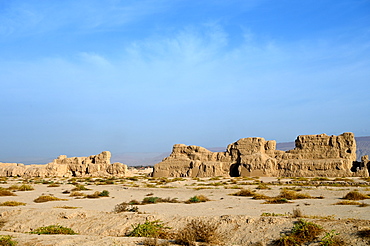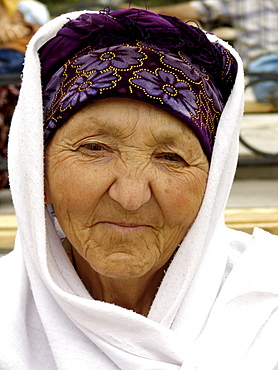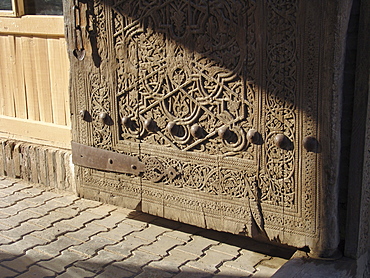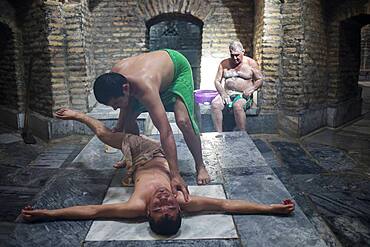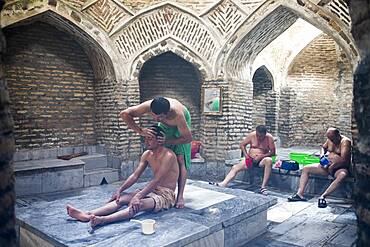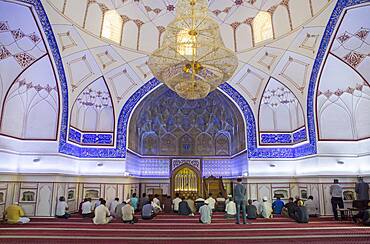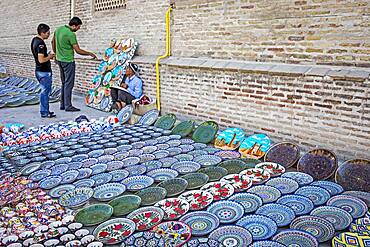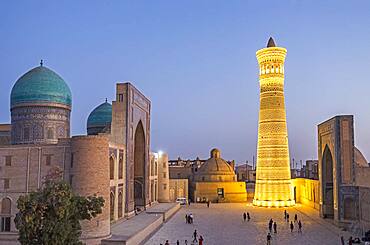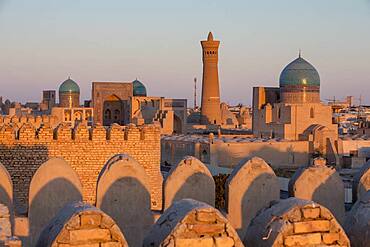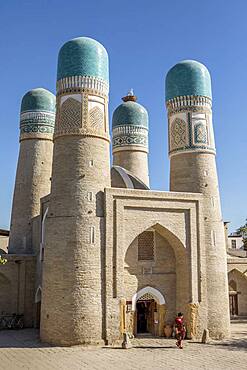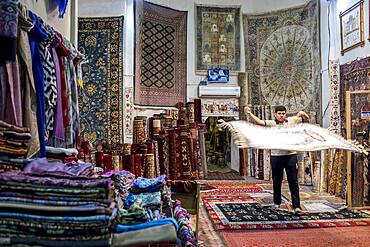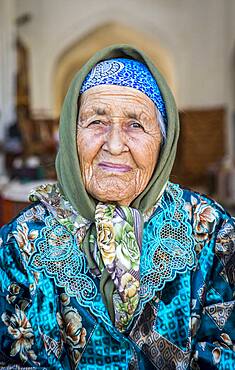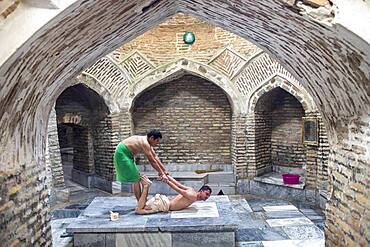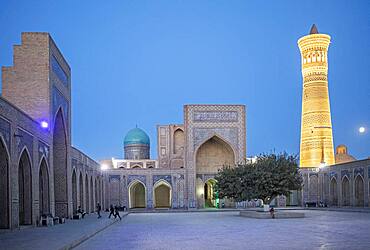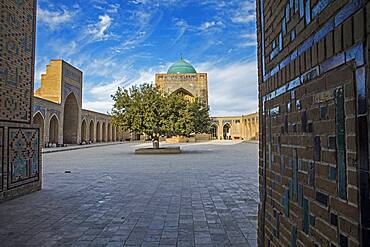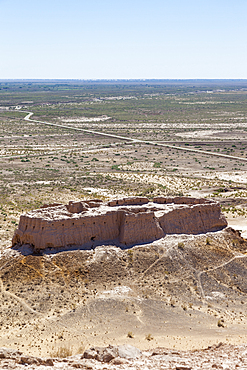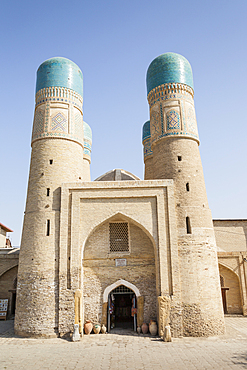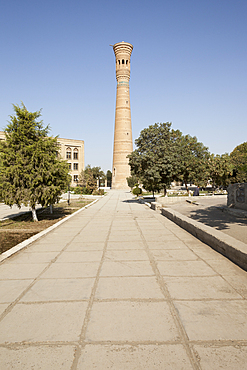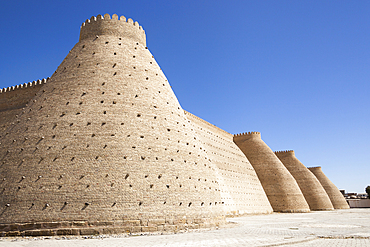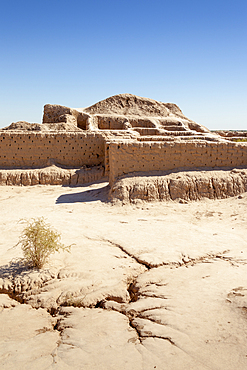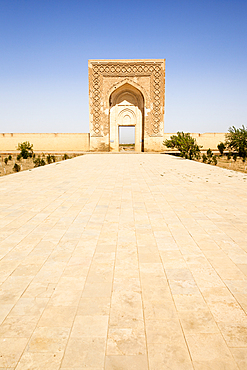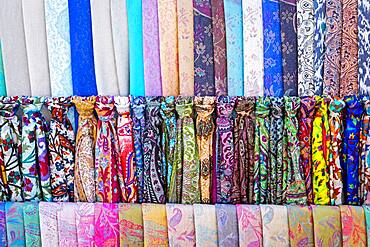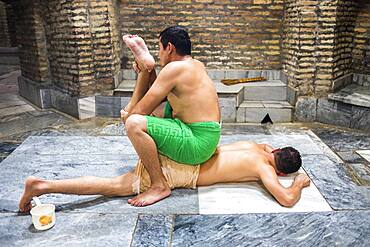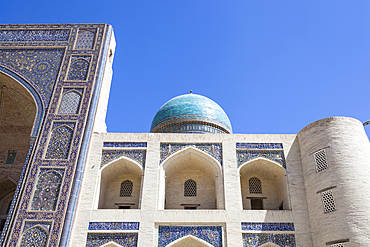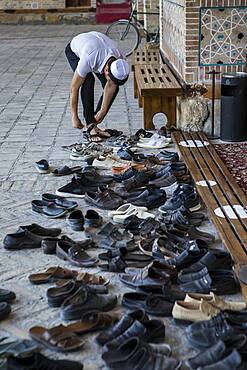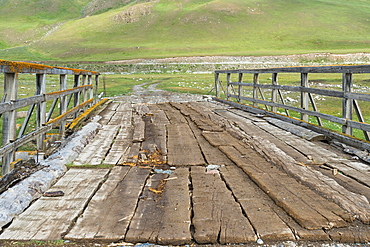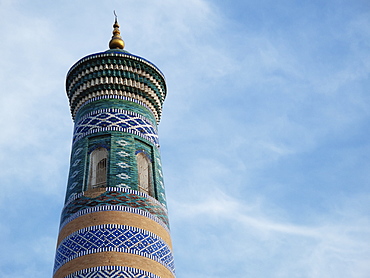Results
13 results found
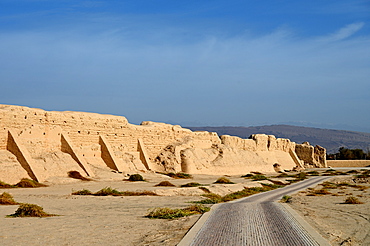
Road past ruined city wall of ancient Silk Road city of Gaochang, Taklamakan desert, Xinjiang, China, Asia

Ruins of Jiaohe Silk Road city, ancient capital of Turfan, Xinjiang Uyghur Autonomous Region, China, Asia
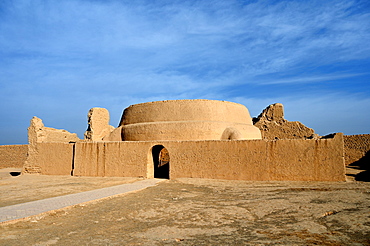
Mosque in the ruined ancient Silk Road oasis city of Gaochang, Taklamakan desert, Xinjiang, China, Asia
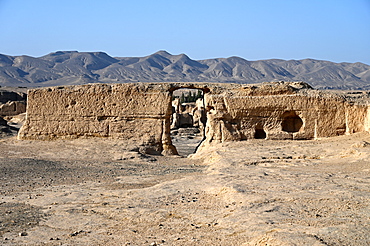
Ruins of Jiaohe Silk Road city, capital of Jushi kingdom 450-640 AD, Xinjiang Uyghur Autonomous Region, China, Asia
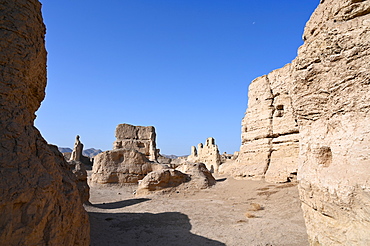
Ruins of Jiaohe Silk Road city, ancient capital of Turfan, Xinjiang Uyghur Autonomous Region, China, Asia
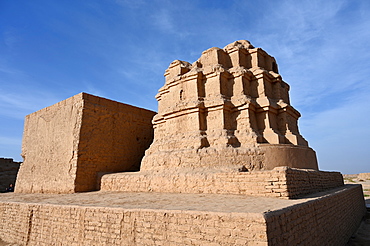
Building in the ruined ancient Silk Road oasis city of Gaochang, Taklamakan desert, Xinjiang, China, Asia
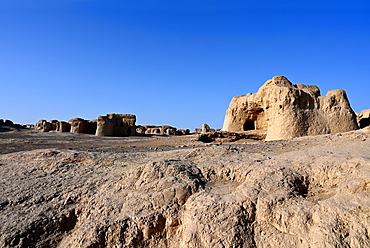
Ruins of Jiaohe Silk Road city, capital of Jushi kingdom 450-640 AD, Xinjiang Uyghur Autonomous Region, China, Asia
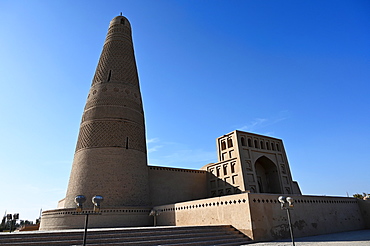
Emin Tower and Uyghur Mosque, built in 1777 from wood and brick, Turfan, Silk Road, Xinjiang, China, Asia
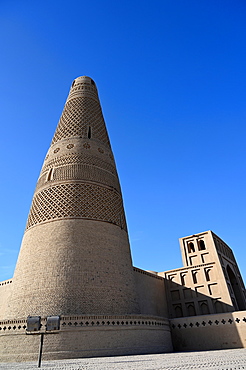
Emin Tower at the Uyghur Mosque, built in 1777 from wood and brick, Turfan, Silk Road, Xinjiang, China, Asia
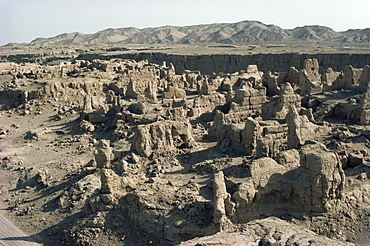
Ruins of Jiaone (Jiaohe), old capital on the Silk Road, dating from 1st century AD, Turpan Depression, Xinjiang Autonomous Region, China, Asia

Ruins of Jiaone (Jiaohe), old capital on the Silk Road, dating from 1st century AD, Turpan Depression, Xinjiang Autonomous Region, China, Asia
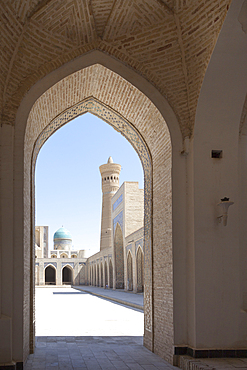
Kalon Mosque courtyard, also known as Kalyan Mosque, Kalon Minaret and Mir-i Arab Madrasah behind, Bukhara, Uzbekistan
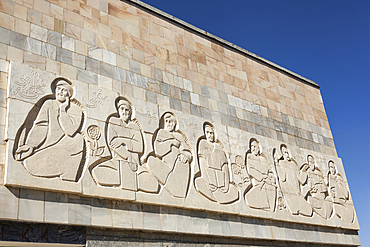
Carved stone figures on front of Afrosiab Museum, also known as Afrosiyob Museum, Samarkand, Uzbekistan

Timur,??s jade tomb, Gur Emir Mausoleum, (Gur Amir, Guri Amir, Gur-E Amir, and Gur-I Amir), Samarkand, Uzbekistan
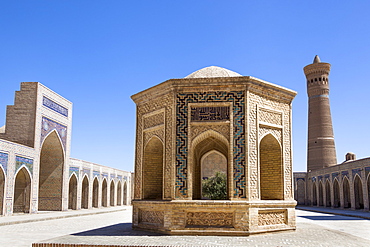
Building in courtyard of Kalon Mosque, also known as Kalyan Mosque, and Kalon Minaret, Bukhara, Uzbekistan

Dome, Sayfiddin Boxarziy Mausoleum and Mosque, (Sayfiddin Baxorzi and Sayf Ad Din Bokharzi), Bukhara, Uzbekistan
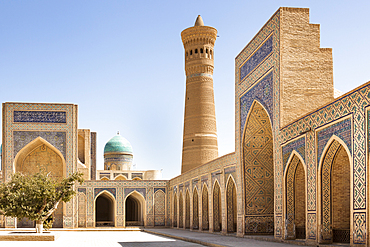
Kalon Mosque courtyard, also known as Kalyan Mosque, Kalon Minaret and Mir I Arab Madrasah behind, Bukhara, Uzbekistan
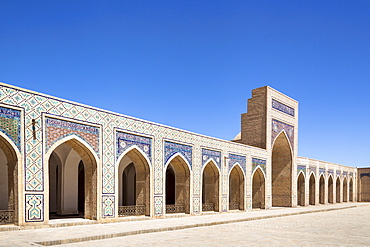
Islamic architecture in courtyard, Kalon Mosque, also known as Kalyan Mosque, Poi Kalon, Bukhara, Uzbekistan
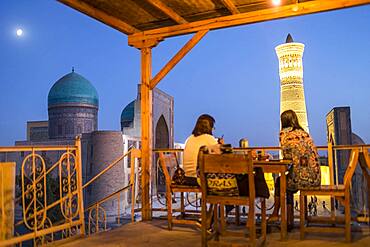
Minor Cafe House. At right Kalon minaret and mosque. At left Mir-i-Arab medressa , Bukhara, Uzbekistan

Interior cupola of Gur Emir, Gur-Amir, Guri Amir mausoleum, tomb of Timur, Temur, Tamerlane, Samarkand, Silk Road, Uzbekistan, Central Asia

Gur Emir, Gur-Amir, Guri Amir mausoleum, tomb of Timur, Temur, Tamerlane, Samarkand, Silk Road, Uzbekistan, Central Asia
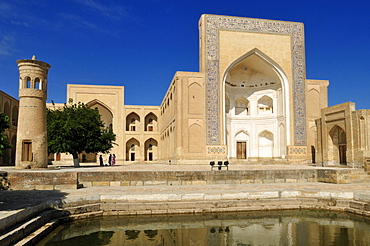
Historic Chor Bakr memorial complex, Sumitan near Bukhara, Buchara, Silk Road, Uzbekistan, Central Asia
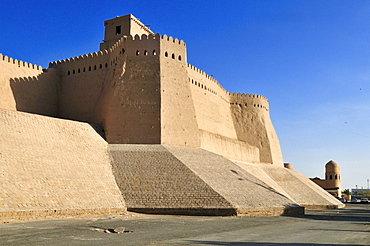
Historic city walls near Ota Darvoza city gate, Khiva, Chiva, Silk Road, Unesco World Heritage Site, Uzbekistan, Central Asia

Gur Emir, Gur-Amir, Guri Amir mausoleum, grave of Timur, Temur, Tamerlane, Samarkand, Silk Road, Uzbekistan, Central Asia
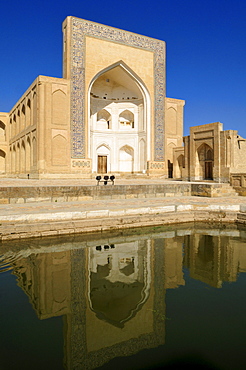
Historic Chor Bakr memorial complex, Sumitan near Bukhara, Buchara, Silk Road, Uzbekistan, Central Asia
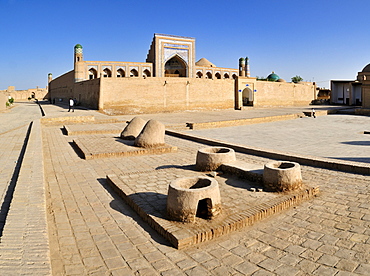
Muhammad Rakhim Chan Madrassah, Ichan Kala, historic adobe town of Khiva, Chiva, Silk Road, Unesco World Heritage Site, Uzbekistan, Central Asia
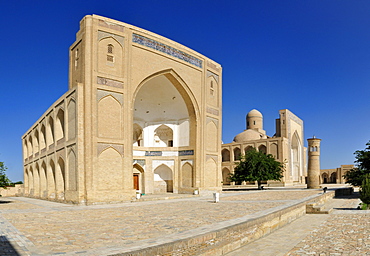
Historic Chor Bakr memorial complex, Sumitan near Bukhara, Buchara, Silk Road, Uzbekistan, Central Asia

Burana Tower, remains of Karakhanid Minaret, histroic ancient city of Balasagun on the Silk Road, Balbals, historic tombstones in the shape of human faces, near Tokmok, Chuy, Kyrgyzstan, Asia
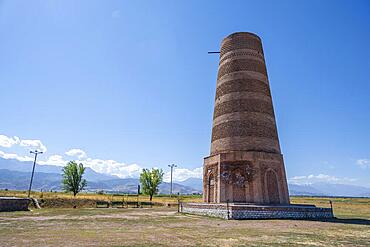
Burana Tower, remains of Karakhanid Minaret, histroic ancient city of Balasagun on the Silk Road, Balbals, historic tombstones in the shape of human faces, near Tokmok, Chuy, Kyrgyzstan, Asia

Burana Tower, remains of Karakhanid Minaret, histroic ancient city of Balasagun on the Silk Road, Balbals, historic tombstones in the shape of human faces, near Tokmok, Chuy, Kyrgyzstan, Asia
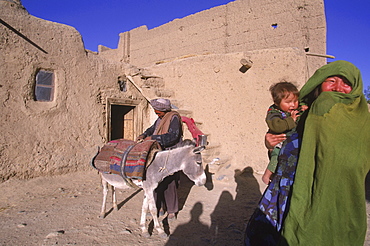
Striking Mongol features distinguish the face of a woman and her child (who is blind) living in the ruins of the Qala-i-Dokthar (Daughter's Castle), outside of the town of Bamiyan, August 30, 2002. Most of the old town was destroyed and up to 20,000 people of the region might have perished when Bamiyan fell to the Taliban in 2001. Bamiyan Valley is located in the Hazarajat at the edge of the Koh-i-Baba range , the end of the Hindu Kush. Bamiyan was a prosperous Buddhist kingdom on the ancient Silk Road until the 10th century, when the region was converted to Islam; in the 12th century, it was destroyed by Ghengis Khan. Most of the people of this region are of the Hazara tribe, and are Shi'a Moslems who have been persecuted for centuries by many of the Pashtun rulers of Afghanistan, who are from the Sunni sect. They most recently suffered at the hand of the Taliban, who tried for years to ethnically cleanse the region of its Shi'a people.
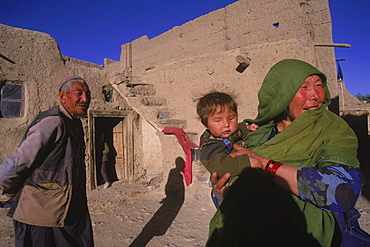
Striking Mongol features distinguish the face of Hamir Mohammed, his daughter and grandson (who is blind), all living in the ruins of the Qala-i-Dokthar (Daughter's Castle), outside of the town of Bamiyan, August 30, 2002. Most of the old town was destroyed and up to 20,000 people of the region might have perished when Bamiyan fell to the Taliban in 2001. Bamiyan Valley is located in the Hazarajat at the edge of the Koh-i-Baba range , the end of the Hindu Kush. Bamiyan was a prosperous Buddhist kingdom on the ancient Silk Road until the 10th century, when the region was converted to Islam; in the 12th century, it was destroyed by Ghengis Khan. Most of the people of this region are of the Hazara tribe, and are Shi'a Moslems who have been persecuted for centuries by many of the Pashtun rulers of Afghanistan, who are from the Sunni sect. They most recently suffered at the hand of the Taliban, who tried for years to ethnically cleanse the region of its Shi'a people
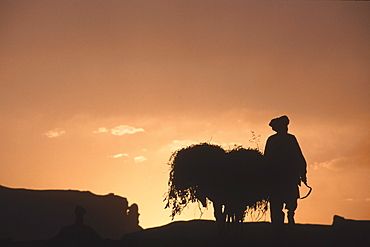
A farmer with his donkey loaded with forage walks toward the setting sun above the town of Bamiyan, August 30, 2002. Most of the old town was destroyed and up to 20,000 people of the region might have perished when Bamiyan fell to the Taliban in 2001. Bamiyan Valley is located in the Hazarajat at the edge of the Koh-i-Baba range , the end of the Hindu Kush. Bamiyan was a prosperous Buddhist kingdom on the ancient Silk Road until the 10th century, when the region was converted to Islam; in the 12th century, it was destroyed by Ghengis Khan. Most of the people of this region are of the Hazara tribe, and are Shi'a Moslems who have been persecuted for centuries by many of the Pashtun rulers of Afghanistan, who are from the Sunni sect. They most recently suffered at the hand of the Taliban, who tried for years to ethnically cleanse the region of its Shi'a people

